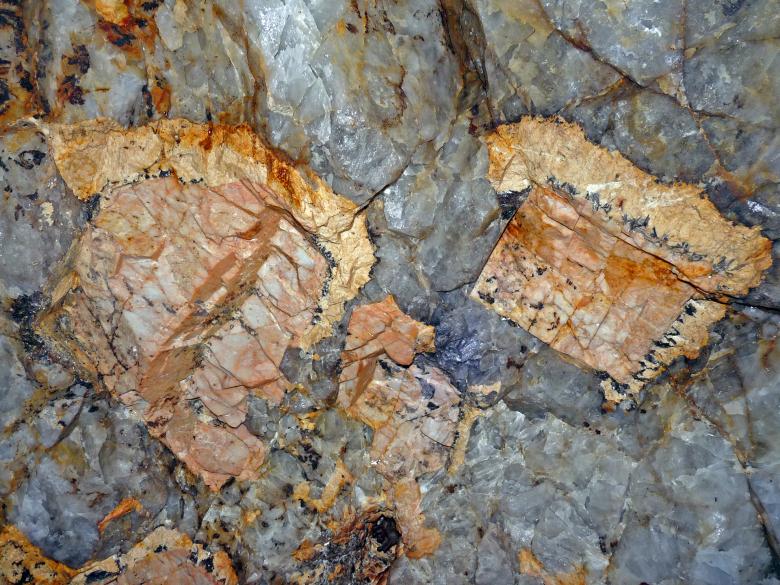
Pegmatites are rocks containing minerals (such as lithium) that are used for green technologies (e.g., lithium batteries for electric vehicles) (Haute-Vienne, 2015).
© BRGM - J. Duron
Lithium, a key mineral for the energy transition
The "white gold" of the 21st century, lithium is playing a key role in the energy transition. Historically, lithium has been widely used in the ceramics, glass, steel and chemical industries, as well as in medicine. More recently, however, the lithium market has been dominated by the lithium salt used in rechargeable batteries, which now consume around 65% of the lithium available on the market. Given the growing need for low-carbon energy technologies, the demand for lithium is set to increase considerably in the near future.
The need for guarantees on the origin of lithium
The expectations of consumers are also increasing. Consumers expect guarantees concerning the origins of the lithium and the efforts made to reduce the potential environmental and social impact of its extraction (water scarcity, human rights violations, greenhouse gas emissions associated with extraction and production, and so on). The supply chain of the battery industry is currently highly complex, making it difficult for end-users to ensure that the lithium comes from sustainable sources.
Towards a new method of lithium traceability
In a paper published in the journal Nature Communications, scientists from BRGM, along with EDF R&D and CEA-Liten, showed that an innovative geochemical approach, based on the analysis of lithium isotopes in raw and processed materials, could be used to determine the origins of lithium in batteries by means of lithium isotope "fingerprints". In this way, isotope tracing can be used to identify the lithium extracted from the two main types of deposit: salars or hard rock (spodumene).
This study paves the way for the implementation of a new method guaranteeing the certification of the lithium used in batteries.
BRGM's isotope know-how
Since its inception in the 1940s, research into isotopes has continued to develop. A given chemical element can have different atomic masses (for the same number of protons, the number of neutrons can vary): these are its isotopes. Some atoms are stable, while others are radioactive and decay over time. The ability to distinguish these isotopes thereby facilitates geological dating but also makes it possible to trace the origins and transformations of elements in the subsurface or water. At its scientific and technical centre in Orleans, BRGM has a complete analytical facility for the isotopic study of a large number of chemical elements.







